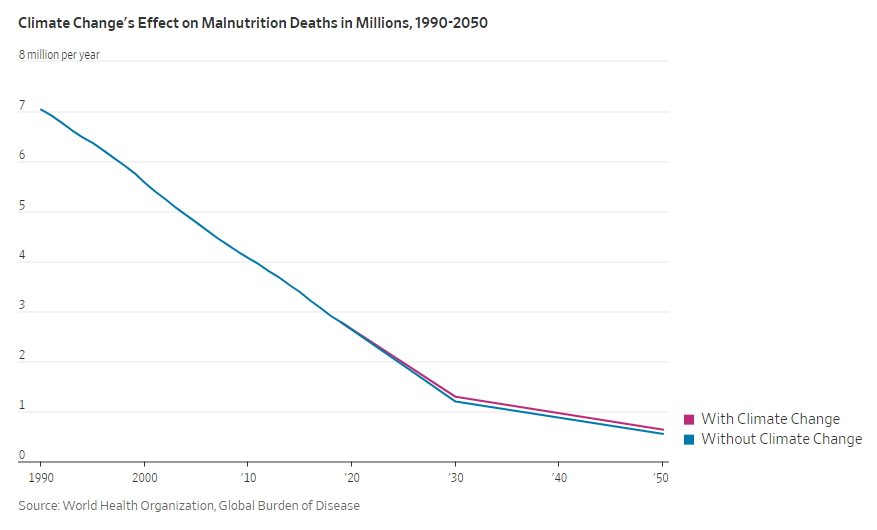(p. B1) When Flexport Inc. learned in the past month that an ocean carrier planned to shift cargo from the congested operations at the Port of Los Angeles to little Port Hueneme some 80 miles up the California coast, the freight forwarder found that trucking companies weren’t ready to go along with the changing direction of the imports.
“We talked to trucking carriers throughout the market in L.A. and Oakland and the sense was that they could not support the volume if it moved through Port Hueneme,” said Jason Parker, the company’s head of trucking.
The San Francisco-based company shifted gears, pulling 200 containers from the ocean booking and instead routing many of them to Los Angeles despite a likely longer wait there to offload goods.
“The two-week delay coming to Los Angeles versus the Hueneme routing was going to cause less headache for the customers,” Mr. Parker said.
. . .
(p. B2) Sailing to alternative ports can add weeks to the time it takes to get goods from Asia to the U.S., however, and can pile on new costs and complications.
Rachel Rowell, a spokeswoman for freight middleman C.H. Robinson Worldwide Inc., said shifting the flow of goods requires container availability, space on a vessel, truck capacity and equipment including the chassis that attaches to trucks to allow them to carry containers. All of those may be in short supply.
“Shifting entire chains is a more challenging ordeal than a cab shifting which street it takes, which is why shifting ports is not often a preferred option and why it is difficult to do last-minute,” she said.
For the full story, see:
(Note: ellipses added.)
(Note: the online version of the story has the date October 24, 2021, and has the title “Shippers Find New Supply-Chain Hurdles at Alternate Ports.”)


